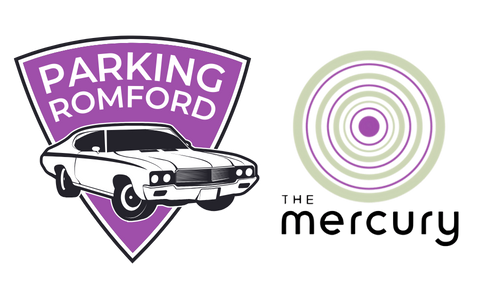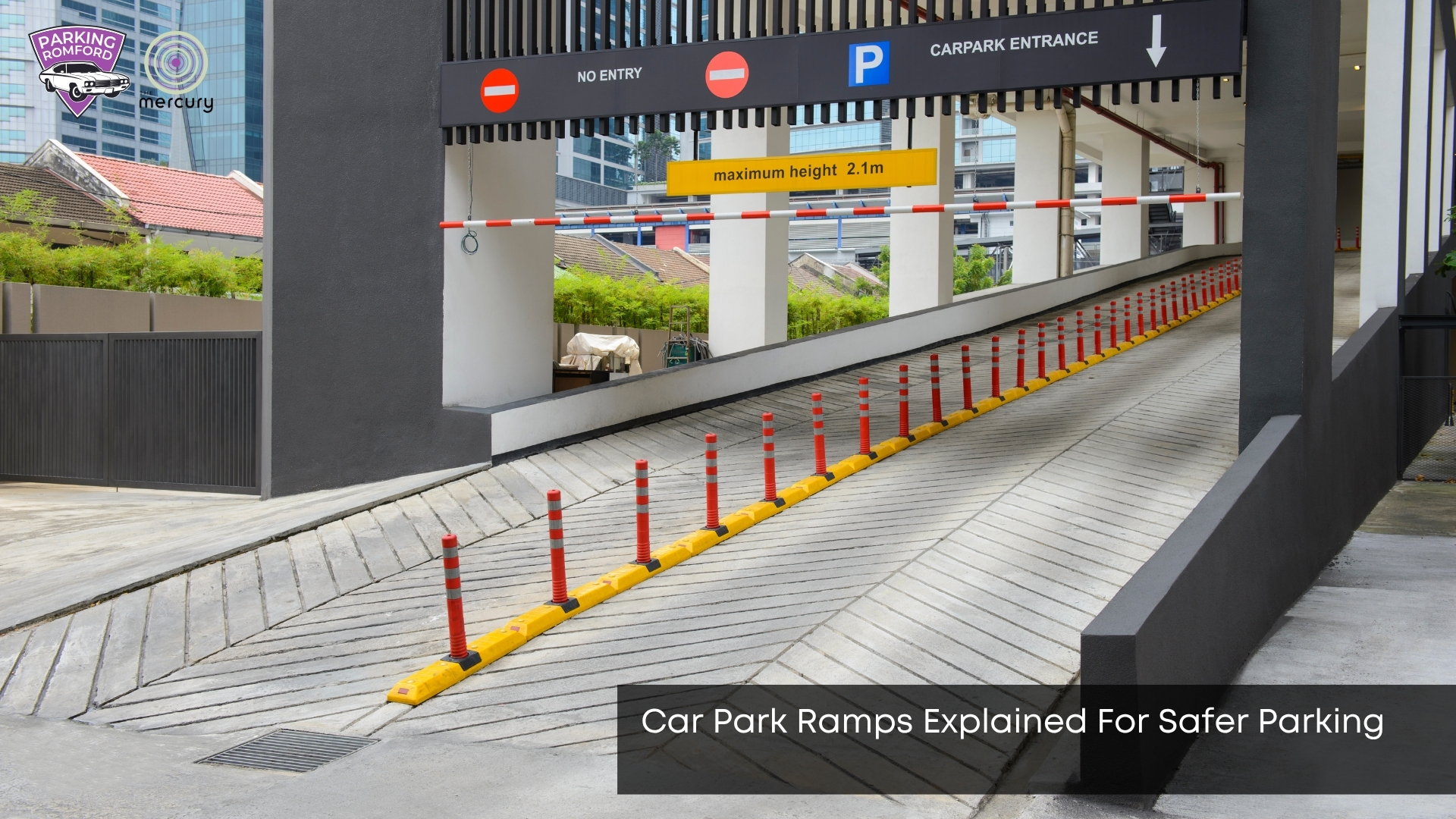Car park ramps are more than just a means of moving between levels. They play a key role in the safety, flow, and comfort of any multi-storey or underground car park. When ramps are too steep, too narrow, or poorly marked, drivers can quickly become confused or even end up in accidents. Understanding how these ramps work and what to look for helps drivers stay safe and calm. To start, let’s look at why ramps are so common in large parking facilities.
Why Are Car Park Ramps Used So Often?
Car park ramps are used to connect different levels in a limited space, maximising the use of vertical space when land is scarce. Multi-storey and underground car parks rely on them to move cars between floors without using lifts. This design saves space while still allowing for hundreds of vehicles. Whether you’re in a city centre, airport, or retail park, ramps are the backbone of car park layout. Now let’s consider what makes a ramp truly safe.
What Features Make a Car Park Ramp Safe?
A safe car park ramp has gentle gradients, wide enough lanes, a strong grip under tyres, and clear edge markings. Anti-slip surfaces and raised kerbs help stop vehicles from sliding or drifting. Safety mirrors and clear signage reduce blind spots, especially on tight turns. When these elements are missing, the risk of accidents rises quickly. These features work best when ramps follow smart design rules.
How Steep Should a Car Park Ramp Be?
Most car park ramps are built with a gradient between 1:10 and 1:12 for safety and comfort. Anything steeper can make it harder to drive, especially for larger or lower vehicles. A gentle slope helps cars move smoothly without slipping or scraping. This is also vital in wet or icy weather. But ramp design isn’t just about steepness. It also affects the way cars move through the building.
How Do Ramps Affect Traffic Flow in a Car Park?
Ramps are essential for keeping vehicles moving smoothly between levels. When ramps are wide, well-marked, and one-way, they prevent bottlenecks and confusion. Poorly designed ramps can cause queues, wrong turns, or near-misses, especially in busy car parks. The way a ramp is placed often shapes how easy it is to enter, exit, or park. Some ramps even serve as the main entry or exit route, so knowing how to navigate them is crucial. For better planning, explore all available Romford parking options before you travel.
What Should You Watch Out for When Driving on a Ramp?
When using a car park ramp, keep an eye on your speed, take corners slowly, and watch out for approaching traffic. Stick to marked lanes, use your turn signals, and follow the signs. Slow down before turns and stay centred to avoid hitting kerbs or other cars. In tight spirals, be patient and stay aware of cars behind or above you. These steps can help avoid scrapes and save time, especially when leaving a crowded car park.
How Are Car Park Ramps Maintained for Safety?
Car park ramps are maintained by cleaning debris, checking for worn paint, repairing cracks, and making sure lighting and signage are clear. Anti-slip surfaces often need recoating, especially in winter or wet areas. Regular checks reduce the risk of tyre damage, slips, or vehicle alignment issues. If you park frequently, Romford parking permits can simplify your access and help avoid ticket stress. Maintenance is key to keeping these ramps safe year-round. Alongside this, ramp markings also play an important role.
Do Ramp Markings Make a Difference?
Yes, ramp markings help guide drivers and reduce mistakes. Clear arrows, lane lines, and warning signs give quick instructions without needing guesswork. Yellow and red painted zones warn about edges, sharp turns, or restricted areas. These simple lines can reduce bump risks and make driving on ramps feel more controlled. When paired with proper lighting, they boost visibility and comfort.
What Are the Common Problems with Car Park Ramps?
Common problems include steep angles, tight turns, unclear signage, and worn-out surfaces. Drivers may face wheel spin, underbody scrapes, or even collisions in poor conditions. Slippery ramps, especially in open-air or older parking lots, can pose significant safety issues. Addressing these problems with repairs and clear design choices can fix many of these risks. However, it’s also helpful to know how to use them safely yourself.
How Can Drivers Use Ramps More Safely?
To use ramps safely, drive slowly, use low gears for better control, and avoid sharp braking. Stick to the centre of your lane, especially on narrow paths. Always signal clearly, and use headlights in dim or underground car parks. If reversing on a ramp, take your time and check your surroundings often. These habits can prevent common mishaps and make parking feel more relaxed. You can also apply similar gravel car park driving tips for improved traction and control.
What Should You Remember About Car Park Ramps?
Car park ramps are vital for saving space and managing traffic in large or vertical parking areas. When designed and used properly, they enable you to move safely between levels without fuss. Look for well-marked, gently sloped, and well-maintained ramps to reduce stress and improve safety. And the next time you enter a car park, remember, it’s the ramp that sets the tone for the rest of your journey.


Leave a Reply